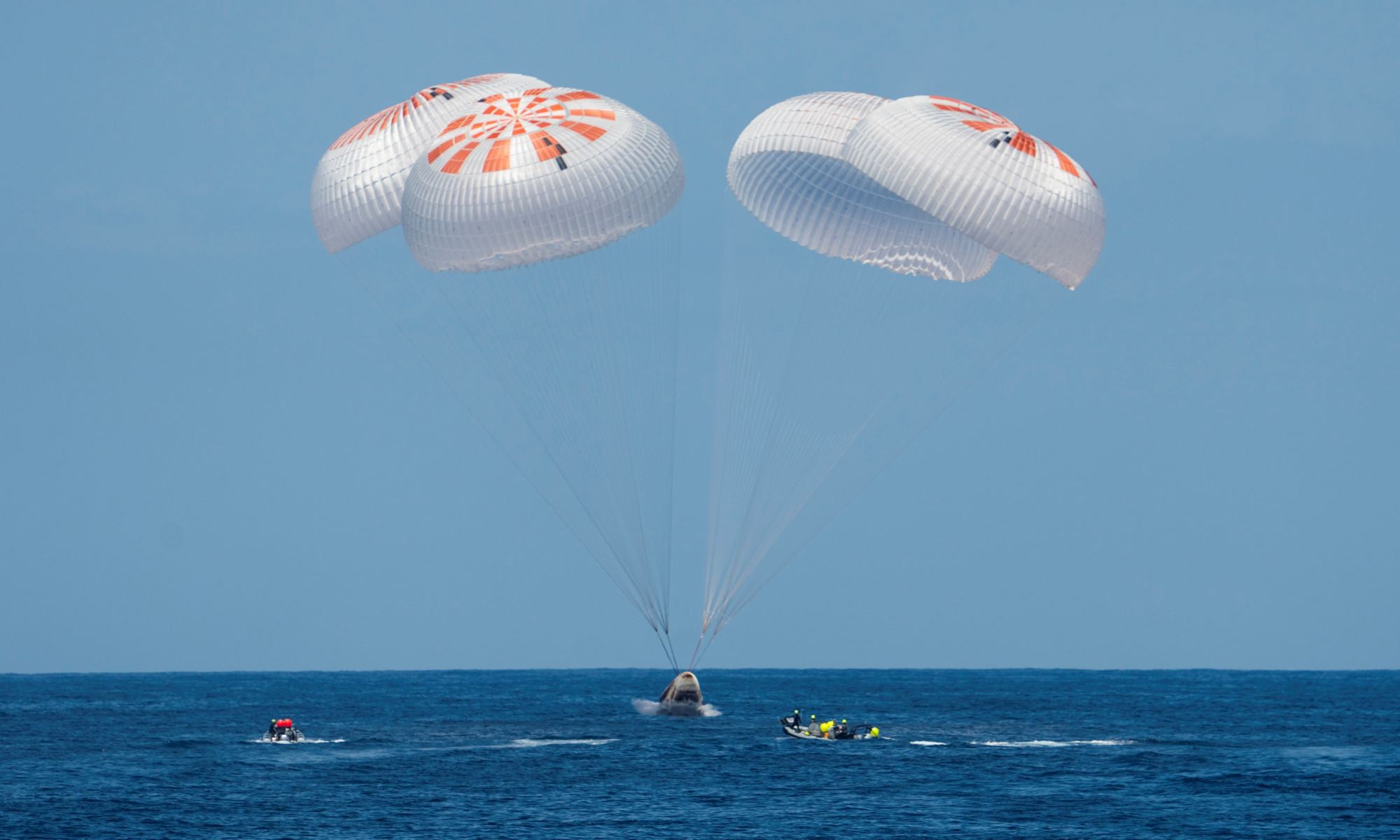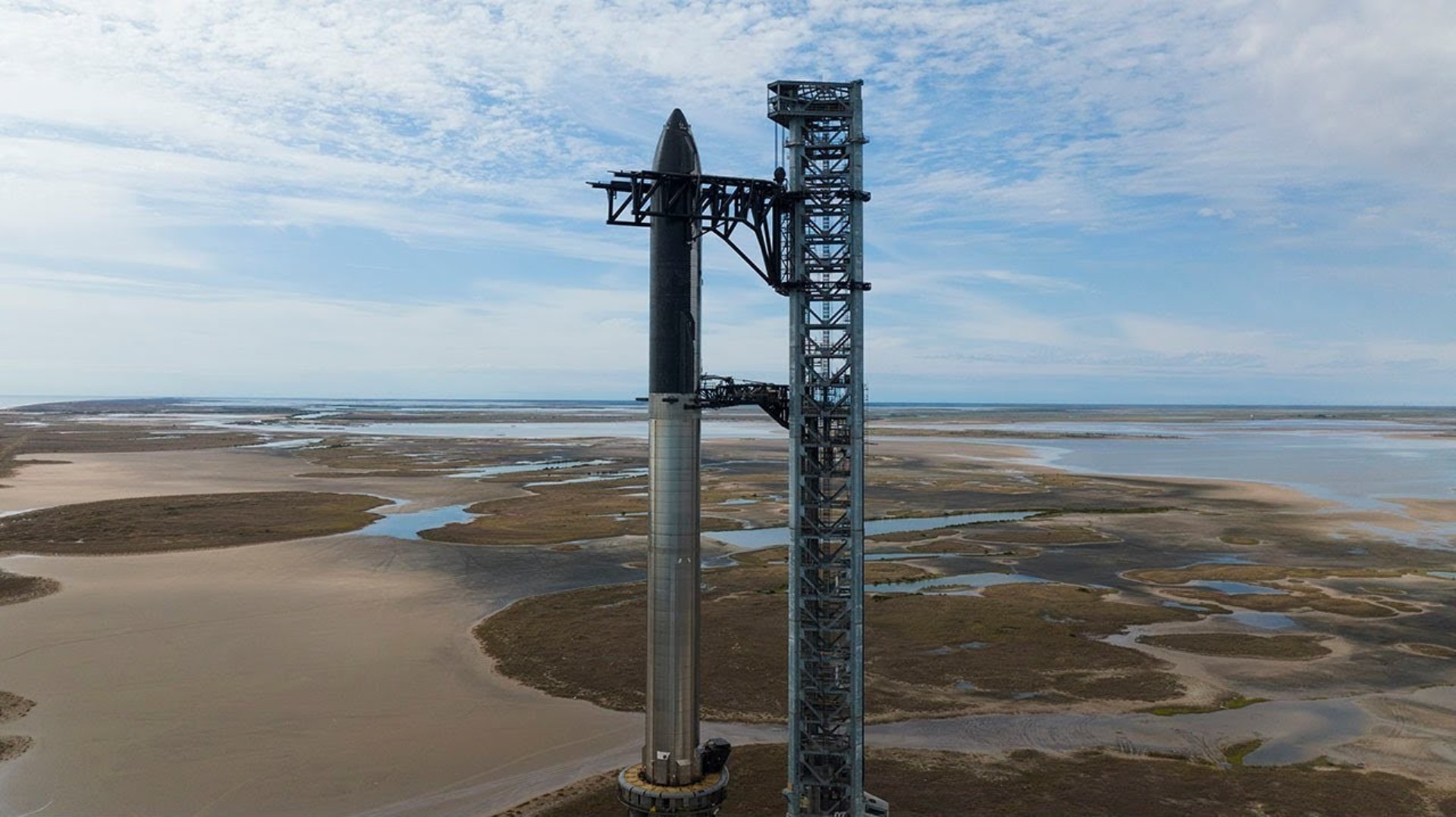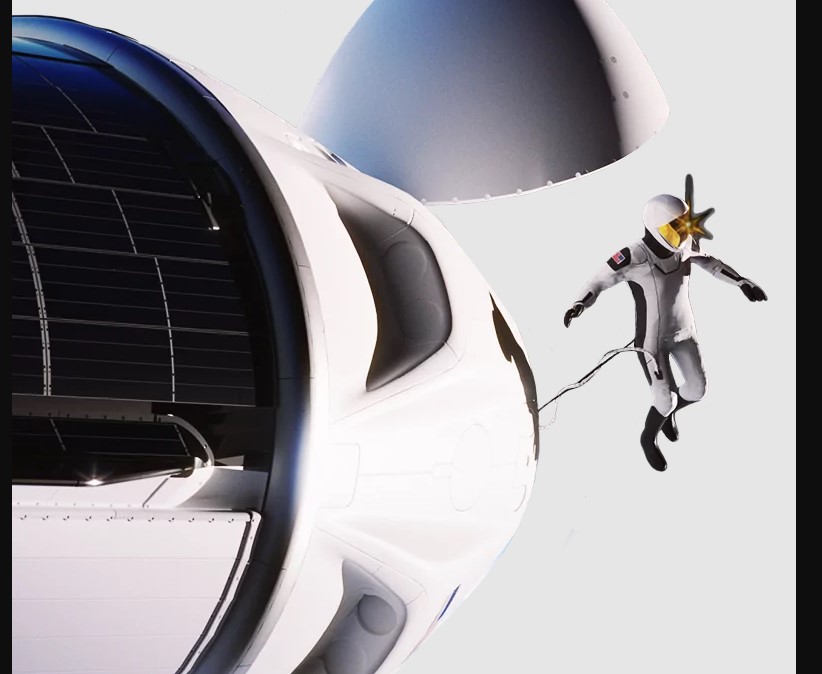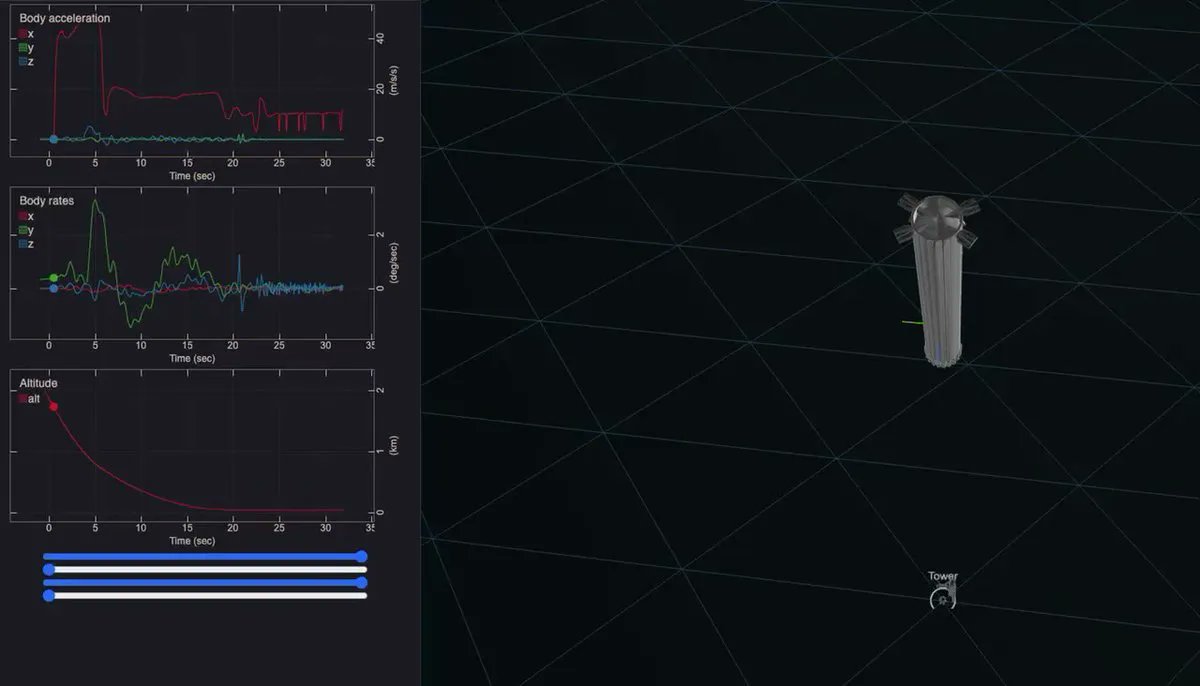Axiom Space’s first crew of private astronauts is back on Earth after a 17-day orbital trip that included a week of bonus time on the International Space Station. The mission ended at 1:06 p.m. ET (5:06 p.m. GMT) today when SpaceX’s Crew Dragon Endeavour splashed down in the Atlantic Ocean off the coast of Florida.
Former NASA astronaut Michael Lopez-Alegria was the commander for the homeward trip, accompanied by three investors who each paid Axiom $55 million for their rides: Ohio real-estate and tech entrepreneur Larry Connor, who served as the mission pilot, plus Canada’s Mark Pathy and Israel’s Eytan Stibbe.
“Welcome back to planet Earth,” SpaceX’s mission control operator Sarah Gillis told the crew. “The Axiom-1 mission marks the beginning of a new paradigm for human spaceflight. We hope you enjoyed the extra few days in space.”
Axiom-1 began on April 8 with the Florida launch of a SpaceX Falcon 9 rocket. The trip was originally supposed to last about 10 days, but concerns about weather in the splashdown zone delayed the descent. Because of the way their fares were structured, Axiom’s customers didn’t have to pay extra for the extension.
Continue reading “Axiom’s First Astronauts Return From International Space Station”








